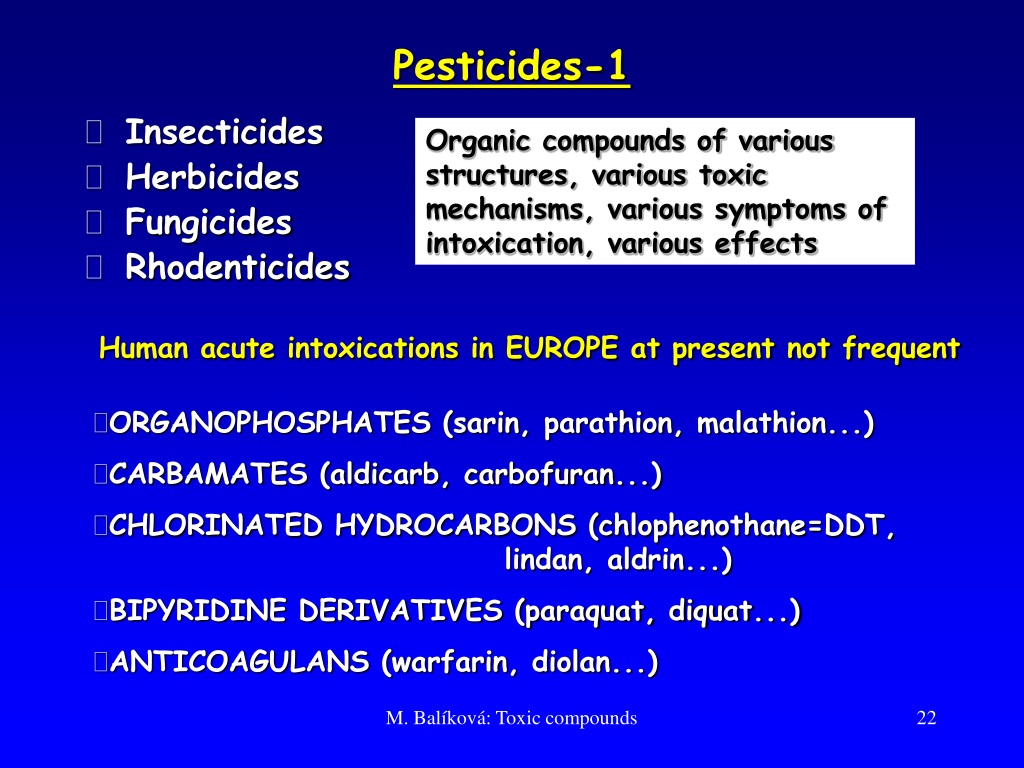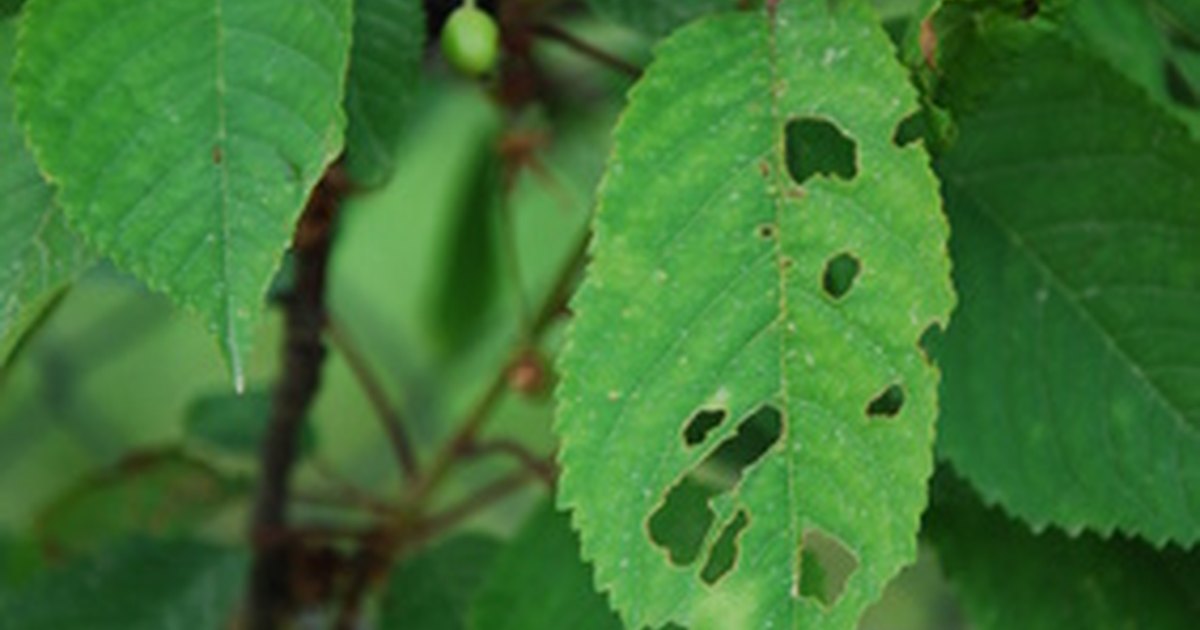
Pesticides are also referred to by the type of pest they control. “any substance or mixture of substances intended for preventing, destroying or controlling any pest, including vectors of human or animal disease, unwanted species of plants or animals, causing harm during or otherwise interfering with the production, processing, storage, transport, or marketing of food, agricultural commodities, wood and wood products or animal feedstuffs, or substances that may be administered to animals for the control of insects, arachnids, or other pests in or on their bodies”. The Food and Agriculture Organization (FAO) has defined pesticide as: Herbicides became popular in the early 1960s, then came “triazine and other similar nitrogen-based compounds, carboxylic acids including glyphosate and 2,4-dichlorophenoxyacetic acid”. Since then, pyrethrin compounds have become the dominant insecticide in the industry. However, 20 years later, because of the biological consequences and human safety concerns, almost 86 counties declared the banning of DDT. Until 1975 organochlorines such as DDT were dominant, but by the year of 1975 organophosphates and carbamate replaced DDT in the US. Paul Müller found that DDT was a highly effective insecticide.

Until the 1950s, pesticides based on arsenic were dominant. The 19 th century saw the introduction of two more natural pesticides, pyrethrum, derived from chrysanthemums, and rotenone, derived from the roots of tropical vegetables. Nicotine sulphate was derived from tobacco leaves in the 17 th century for use as an insecticide.

By the time of the 15 th century, toxic chemicals such as arsenic, mercury and lead were useful in destroying the pests in crops. Rigveda, about 4,000 years old, refers to the use of poisonous plants to control pests. The first known pesticide was the elemental sulphur dust used by ancient Sumerians around 4,500 years ago in ancient Mesopotamia. A Brief HistoryĮven before 2000 BC, humans have used pesticides to protect their crops. As an example-The fungus, Alternaria is used to battle Aquatic Weed, Salvinia. Many pesticides serve as plant protection products (also known as crop protection products) that usually protects plants from weeds, fungi or insects. The most popular of these are herbicides, which account for nearly 80% of all pesticide use. The term pesticide includes all of the following: herbicide, insecticide (which can involve insect growth regulators, termiticides, etc.) nematicide, molluscicide, pesticide, avicide, rodenticide, bactericide, insect repellent, animal repellent, antimicrobial and fungicide. Generally, a pesticide is a chemical compound or even a biological agent such as a bacteria, virus, antimicrobial, or disinfectant that prevents, incapacitates, or kills pests. Pesticides are chemical compounds useful in killing pests. 2 FAQs about Pesticides What is a Pesticide?


 0 kommentar(er)
0 kommentar(er)
